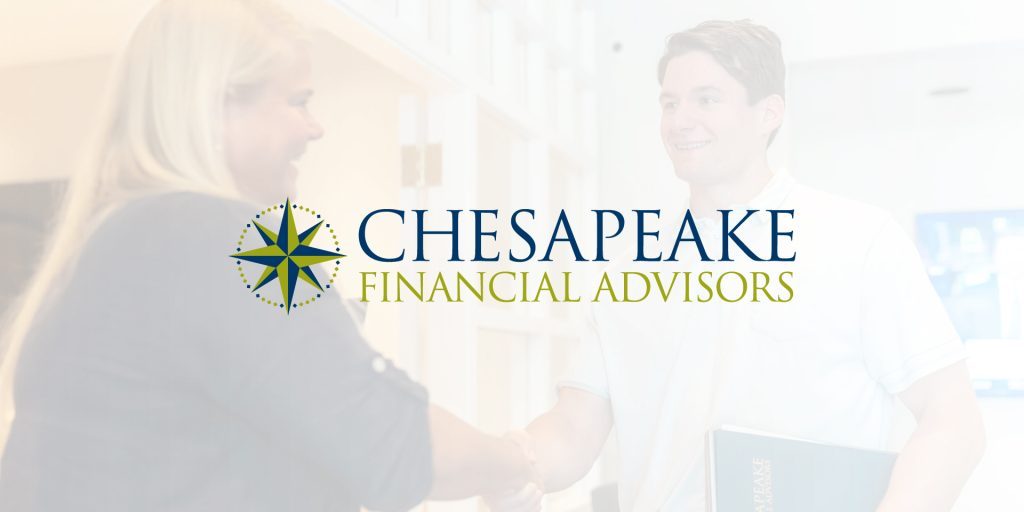Secure Act 2.0: Here’s what you need to know

In the final days of 2022, Congress passed a new set of retirement rules designed to make it easier to contribute to retirement plans and access those funds earmarked for retirement.
The law is called SECURE 2.0, and it’s a follow-up to the Setting Every Community Up for Retirement Enhancement (SECURE) Act, passed in 2019.
The sweeping legislation has dozens of significant provisions, so to help you see what changes may affect you, we broke the major provisions of the new law into four sections.
New Distribution Rules
RMD age will rise to 73 in 2023. By far, one of the most critical changes was increasing the age at which owners of retirement accounts must begin taking required minimum distributions (RMDs). And starting in 2033, RMDs may begin at age 75. If you have already turned 72, you must continue taking distributions. But if you are turning 72 this year and have already scheduled your withdrawal, we may want to revisit your approach.1
Access to funds. Plan participants can use retirement funds in an emergency without penalty or fees. For example, starting in 2024, an employee can get up to $1,000 from a retirement account for personal or family emergencies. Other emergency provisions exist for terminal illnesses and survivors of domestic abuse.2
Reduced penalty. Also, starting in 2023, if you miss an RMD for some reason, the penalty tax drops to 25% from 50%. If you fix the mistake promptly, the penalty may drop to 10%.3
New Accumulation Rules
Catch-Up Contributions. Starting January 1, 2025, investors aged 60 through 63 can make catch-up contributions of up to $10,000 annually to workplace retirement plans. The catch-up amount for people aged 50 and older in 2023 is $7,500. However, the law applies certain stipulations to individuals earning more than $145,000 annually.4
Automatic Enrollment. Beginning in 2025, the Act requires employers to enroll employees into workplace plans automatically.5
Student Loan Matching. In 2024, companies can match employee student loan payments with retirement contributions. The rule change offers workers an extra incentive to save for retirement while paying off student loans.6
Revised Roth Rules
529 to a Roth. Starting in 2024, pending certain conditions, individuals can roll a 529 education savings plan into a Roth IRA. So if your child gets a scholarship, goes to a less expensive school, or doesn’t go to school, the money can get repositioned into a retirement account. However, rollovers are subject to the annual Roth IRA contribution limit. Roth IRA distributions must meet a five-year holding requirement and occur after age 59½ to qualify for the tax-free and penalty-free withdrawal of earnings. Tax-free and penalty-free withdrawals are allowed under certain other circumstances, such as the owner’s death. The original Roth IRA owner is not required to take minimum annual withdrawals.7
SIMPLE and SEP. From 2023 onward, employers can make Roth contributions to Savings Incentive Match Plans for Employees or Simplified Employee Pensions.8
Roth 401(k)s and Roth 403(b)s. The new legislation aligns the rules for Roth 401(k)s and Roth 403(b)s with Roth Individual Retirement Account (IRA) rules. From 2024, the legislation no longer requires minimum distributions from Roth Accounts in employer retirement plans.9
More Highlights
Support for Small Businesses. In 2023, the new law will increase the credit to help with the administrative costs of setting up a retirement plan. The credit increases to 100% from 50% for businesses with less than 50 employees. By boosting the credit, lawmakers hope to remove one of the most significant barriers for small businesses offering a workplace plan.10
Qualified Charitable Donations (QCD). From 2023 onward, QCD donations will adjust for inflation. The limit applies on an individual basis, so for a married couple, each person who is 70½ years old and older can make a QCD as long as it remains under the limit.11
Remember that just because retirement rules have changed does not mean that adjusting your current strategy is needed. Each of your retirement assets plays a specific role in your overall financial strategy, so a change to one may require changing another. It’s important to contact your financial advisor and tax advisor before making any changes!
- https://www.fidelity.com/learning-center/personal-finance/secure-act-2
- https://www.cnbc.com/2022/12/22/emergency-savings-proposals-in-secure-2point0-may-boost-financial-security.html
- https://www.fidelity.com/learning-center/personal-finance/secure-act-2
- https://www.fidelity.com/learning-center/personal-finance/secure-act-2
- https://www.paychex.com/articles/compliance/secure-act-changes
- https://www.plansponsor.com/student-loan-match-can-start-one/
- https://www.cnbc.com/2022/12/23/tax-free-rollovers-from-529-plans-to-roth-iras-may-be-allowed-in-2024.html#:~:text=Investing%20Club-,Families%20can%20make%20a%20tax%2Dfree%20rollover%20from%20529%20plans,retirement%20accounts%20starting%20in%202024&text=The%20%241.7%20trillion%20federal%20omnibus,retirement%20accounts%20starting%20in%202024
- https://www.forbes.com/sites/kristinmckenna/2023/01/05/5-big-changes-to-roth-accounts-in-secure-act-20/?sh=228a22cf22c5
- https://www.forbes.com/sites/kristinmckenna/2023/01/05/5-big-changes-to-roth-accounts-in-secure-act-20/?sh=228a22cf22c5
- https://www.paychex.com/articles/compliance/secure-act-changes
- https://www.fidelitycharitable.org/articles/secure-act-2-0-retirement-provisions.html
ONE ADVISOR | TWICE THE ADVICETM
Wondering how the Secure Act 2.0 could benefit you? Give us a call at (410) 823-5442 or email invest@peakeadvisors.com.
For disclaimer, please follow our link below:
https://www.peakeadvisors.com/site/wp-content/uploads/2019/05/Compliance-Social-Media-Disclaimer.pdf